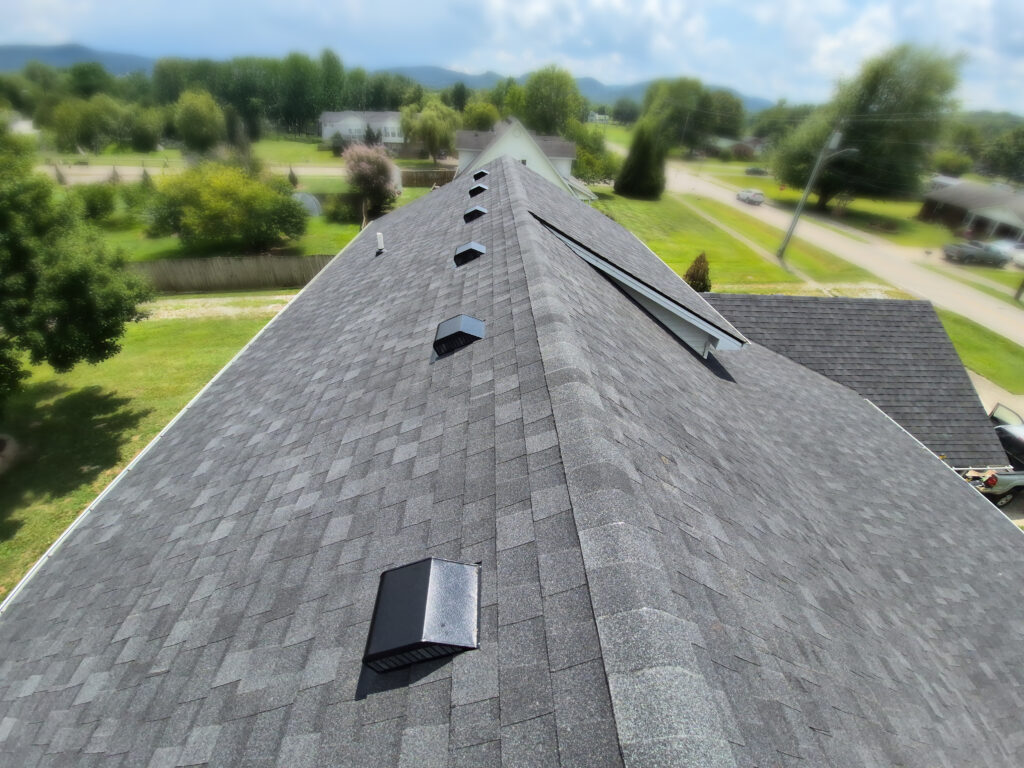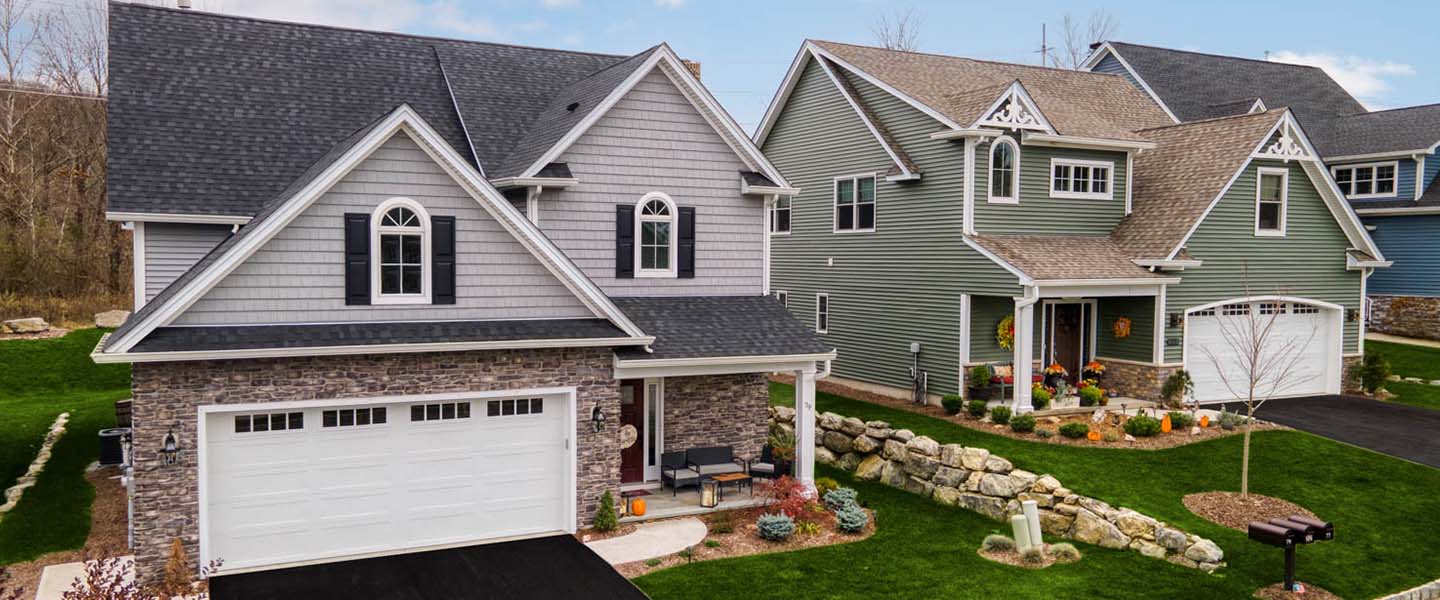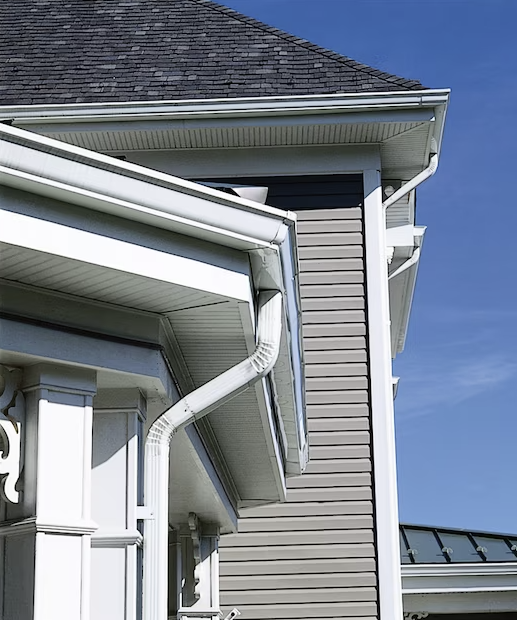Whether you’re buying a brand-new build or a home that’s simply new to you, excitement can sometimes overshadow due diligence. Unfortunately, we’re seeing too many homes—yes, even new ones—fall short of quality standards, especially when it comes to roofing, siding, and gutters.
Before you sign on the dotted line, here’s what you (or your home inspector) should review to ensure your investment is protected.

1. Inspect the Roof — From the Outside and the Attic
A brand-new roof doesn’t always mean a well-installed roof. Check for:
- Straight shingle lines with no visible dips or warps.
- Proper flashing installation around chimneys, valleys, and roof-to-wall transitions (missing or reused flashing can cause leaks).
- Ridge vent and intake balance — a roof needs proper airflow to last.
💡 Attic Tip: Go inside the attic and look toward the eaves. You should see daylight where the soffit vents are. If you can’t, your intake ventilation may be blocked, often due to insulation covering the vent openings. Poor intake can cause premature roof failure, ice dams, and even mold growth. Have a professional verify that your soffit panels are clear and your attic is breathing properly.

2. Check the Siding Installation
Siding should not just look good — it should be installed to manufacturer specifications to avoid water intrusion and warranty voids.

Look for:
- Even spacing and secure fastening without overdriving nails.
- Proper flashing and moisture barrier behind siding, especially around windows, doors, and roof-to-wall areas.
- Adequate clearance from the ground to prevent rot and pest damage.
3. Evaluate the Gutter System
Gutters and downspouts are your home’s first defense against water damage, but they’re often rushed or installed poorly.
Make sure:
- Gutters are securely fastened with the right slope toward downspouts.
- Downspouts discharge water at least 4–6 feet away from the foundation.
- There are no gaps or loose seams where water could escape.

4. Ask for Documentation
Even if everything looks good, insist on seeing:
- Manufacturer warranties for roofing, siding, and gutter materials.
- Proof of compliance with local building codes.
- A record of any inspections performed during construction or renovation.

5. Use Your Home Inspector Wisely

If you’re hiring a home inspector, give them a clear checklist of these specific concerns. A general inspection can sometimes overlook specialized exterior issues — and catching them before closing could save you thousands in repairs.
✅ Bottom Line: Whether your home is fresh off the market or fresh off the construction site, never assume everything is perfect. A few extra steps now can prevent years of headaches — and costly repairs — later.
Grand Rising Exteriors is here to help you make informed decisions about your roof, siding, and gutters.
We can even perform a pre-purchase exterior inspection for added peace of mind.










